how long does acid take to kick in
:max_bytes(150000):strip_icc()/what-does-it-feel-like-to-get-high-on-acid-21886-v1-5c0192cfc9e77c00017275e7.png) Understanding the Acid Trip Experience
Understanding the Acid Trip ExperienceWhat's it like to be in acid? Acid is another name for diethylamide lysergic acid (LSD), a hallucinogenic substance that temporarily alters a person's mental state. A person's experience while using acid is called a journey. During a journey, your thoughts, humor, senses and perception of reality can change. Acid classifies as List 1 medication, which denotes that it has no accepted medical use and has a high potential for abuse. It is illegal to possess or use acid in the United States. In some cases, a person who takes acid may have a good journey, which is one that leads to intense feelings of pleasure, enlightenment, happiness or connection with others. On other occasions, they may have a bad trip that causes feelings of terror, and panic. There's no way to predict how a trip will go or how long it will last. However, there are some stages to a journey that tend to be similar every time. Continue reading to learn more about how acid feels, as well as risks and side effects. An acid journey begins after taking the medication. Once the journey begins, it can last. Its duration may depend on the purity of the medication, dose, and person. Acid travel is different for each person and every time the same person uses acid. Therefore, there is not a single description of how an acid journey feels. However, experts know that the effects of acid can cause some or all of the following: Reappearance occurs when the peak of the acid journey has been exhausted. At this time, a person may not have hallucinations and mood changes, but they still do not feel completely "normal" again. Due to sweat, increased heart rate and lack of eating and drinking during the journey, people tend to be dehydrated and physically exhausted in regressivity. During the trip and arrival, people should not drive or go to work. They should drink plenty of liquids, eat if possible, and ideally rest and rest. Avoiding caffeine, alcohol, and other drugs such as body and mind recover is also recommended. Some people experience a "after" effect after reopening. They may feel a little lighter and happy than normal, even if they no longer have hallucinations or mood changes. This feeling of high mood can last several weeks, according to . It is for this reason that researchers have begun to use psychedelics such as LSD as treatments for . However, not everyone experiences an afterglow, and there is no guarantee that it occurs, even if a person has a good trip. The first time a person uses acid, he may not know what to expect. For some, this is exciting, while for others, this can cause fear or anxiety. A person's natural emotions can play a role in how your journey feels. People who are already dealing with fear or may find that a journey amplifies these problems. People who are excited and relaxed can feel more pleasure during a trip. However, there is no way to predict with certainty how a journey will go. A bad trip is when a person has a negative experience while in acid. They may have hallucinations that cause anxiety, terror, thoughts of suicide or fear of death. They can see disturbing images that cause mental distress. Some trips can cause a person to become paranoid about other people or things, and they could even become aggressive. People who have a family or personal history of conditions, including and , should not take acid. that people with these genetic tendencies can have a bad trip and experience long-term negative effects such as flashbacks. Some trips start positively but then become a bad trip. Therefore, it is useful to have a trusted partner who can stay with a person until your trip is completely over. Acid is illegal in the United States, so a person who has it in his power can face arrests, fines, imprisonment and criminal record. Moreover, its illegal status means that the authorities do not regulate it for security or power. A person may not be sure of the dose he is receiving. Acid may also contain other drugs or hallucinogens without the user being aware of it, and may even have contaminants that may be harmful. The medication may also be stronger or weaker than a person expects. During an acid journey, a person may be completely unconscious of what is really happening around them. They may have a sense of severely altered reality and may, as a result, harm themselves or others. For example, a person may not know that they are walking into a busy street or be dangerously tilted by a second window of history. Studies show that. Therefore, a person will not experience symptoms of physical withdrawal if they use it and then stop taking it. However, people can acid. The more a person uses it, the less it affects them. They may need to use more of the drug to get the same "high," and this can be dangerous. Since acid is so powerful, it takes only a small amount to produce effects. In fact, it can only produce hallucinations. A microgram is a million grams. A person should not use acid when alone. Ideally, a trusted friend who is not using drugs or alcohol should stay with them to provide security and ensure that they are not harmed inadvertently or others. The acid belongs to the group of recreational drugs. It causes reality to alter through sensory changes and hallucinations, among other effects. Although a good trip can cause intense pleasure, a bad trip can be traumatizing and terrifying. There is no way to know if a person will have a good or bad trip when using acid, even if they have used it before. Unlike other medications, acid itself does not cause physical damage to the body. However, a journey can be psychologically harmful, especially for people prone to mental health conditions. People can also hurt themselves or others accidentally while on a journey. If a person needs help with the use of acid, he or she can contact the national help line at 1-800-662-HELP (4357). Last medical review on 15 May 2020Most recent newsRelated coverage
/how-long-does-lsd-stay-in-your-system-80270_v2-c843ee9a7f384757965a3249e2285683.png)
How Long Does LSD (Acid) Stay in Your System?
/the-effects-of-lsd-on-the-brain-67496_V2-51b39f8f47db48498ff0cac677f7721f.png)
LSD: Myths, Effects, Risks, and How to Get Help

How Strong Is Stomach Acid? Plus What to Do When Acid Levels Fluctuate
/how-long-does-lsd-stay-in-your-system-802702-3f7eeaa44a1f42d4a6977163f22cfe36.png)
How Long Does LSD (Acid) Stay in Your System?
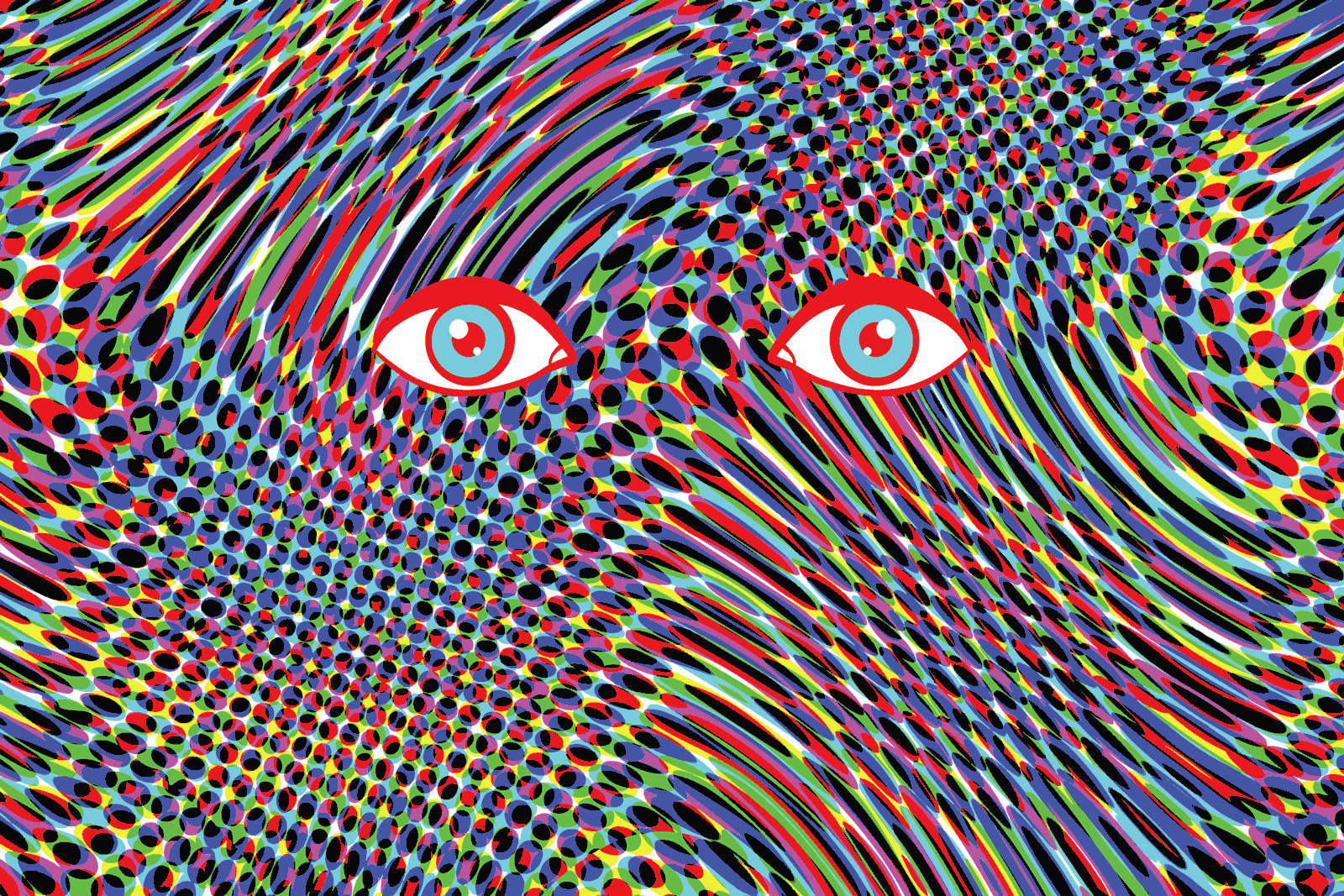
Ever Had a Really Long Acid Trip? Now Science Knows Why | WIRED
/how-to-cope-with-a-bad-acid-trip-21889-5be996f046e0fb00510c3d07.png)
How to Cope With a Bad Acid Trip
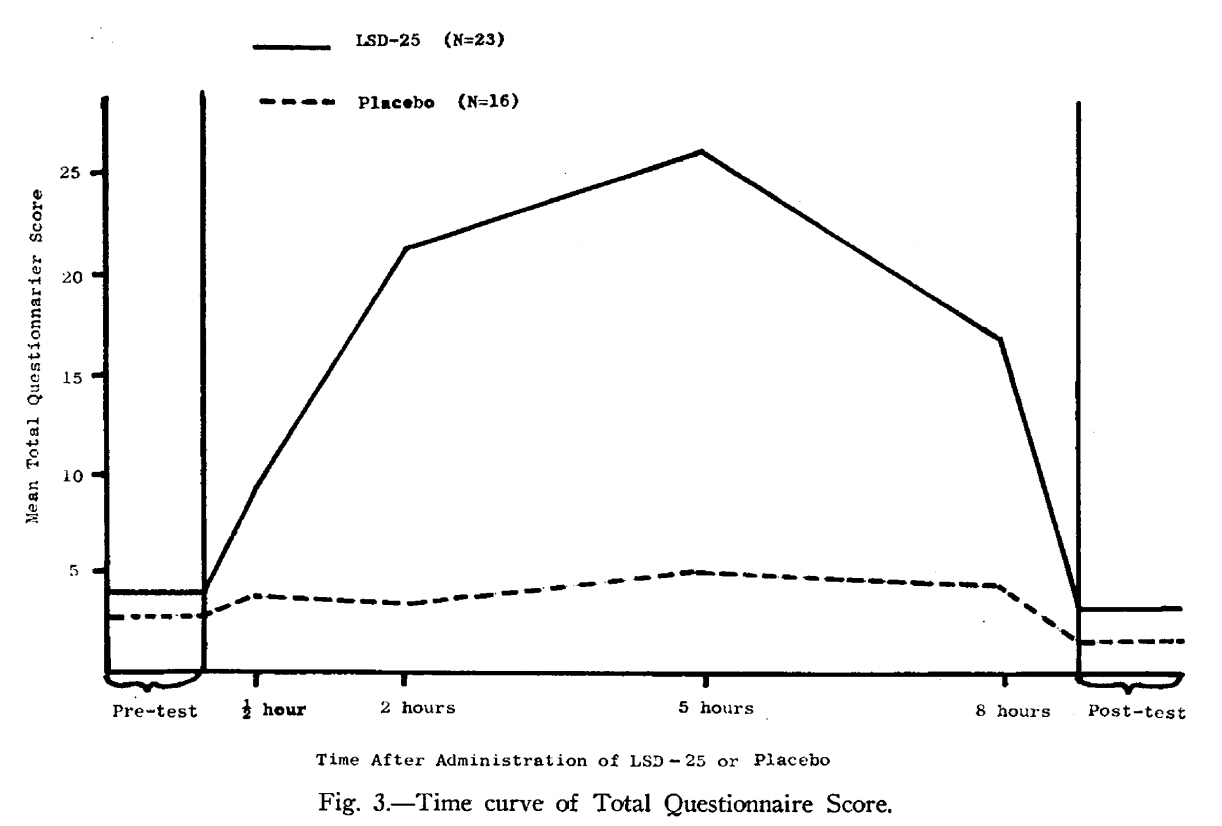
How long does it take for acid to kick in? | TripSafe.org 👽
:max_bytes(150000):strip_icc()/five-bad-acid-trip-stories-22096-5bad1ee94cedfd00267f70ea.png)
5 True Bad Acid Trips Stories
/hyaluronic-acid-supplements-89465_final-c40b3eac3cea431c98d0f0b25a775815.png)
Hyaluronic Acid: Benefits, Side Effects, & Dosage
Acid-Base Reactions | Boundless Chemistry
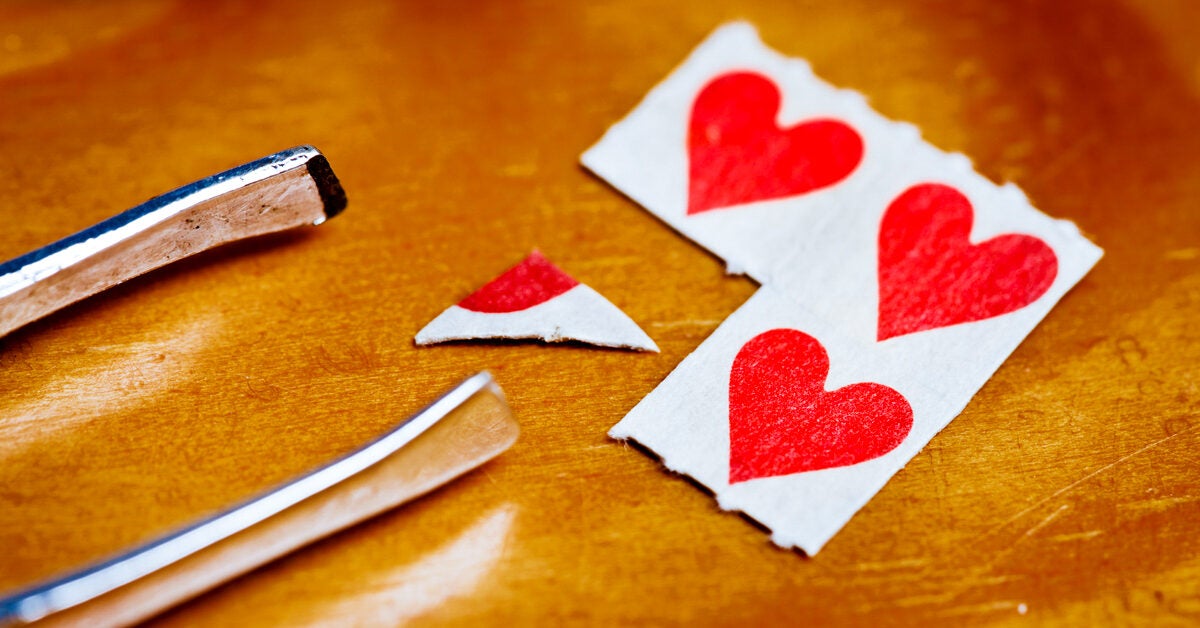
How Long Does Acid Last? Average Trip, Effects, System Traces, More
:max_bytes(150000):strip_icc()/lactic-acid-skin-care-4178819_color1-5c269e27c9e77c00011eede6.png)
Lactic Acid Skin Care: Benefits and Drawbacks
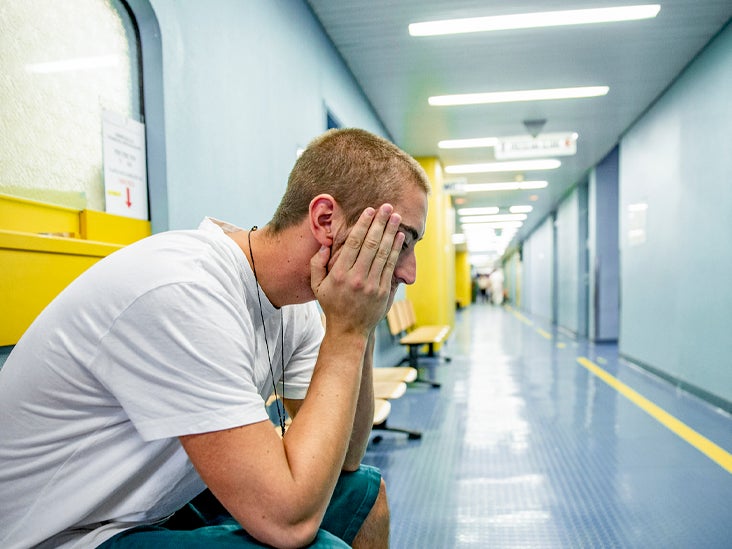
How Long Does Acid Stay in Your System? It Depends

Are All Acid Reflux Treatments the Same? How to Compare Proton Pump Inhibitors - GoodRx
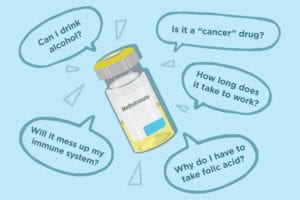
Common Questions About Taking Methotrexate for Rheumatoid Arthritis
/what-is-bile-acid-malabsorption-1945221_final-3a0e52cb47a54824885a8aff46a19df0.png)
Understanding Bile Acid Diarrhea

Alpha-H - Salicylic Acid at work. This superstar BHA helps you take back control of problematic and oily skin. How? Salicylic Acid helps remove the build-up of dirt and debris from inside
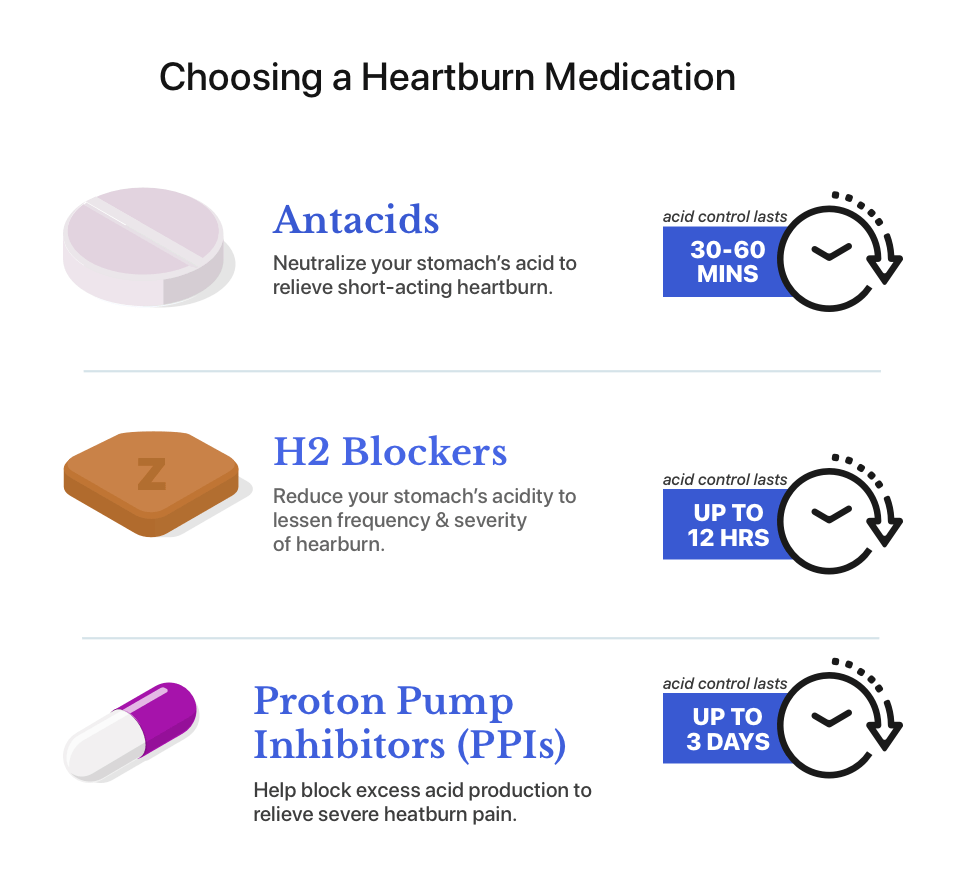
Zantac (Ranitidine) | Uses, Side Effects & Interactions

COVID-19 Testing FAQs

The Most Effective Treatments for Acid Reflux

Stomach Acid & Heartburn Drugs Linked with COVID-19 Outcomes | The Scientist Magazine®

How Long Does Acid/LSD Stay in Your System? | The Recovery Village Drug and Alcohol Rehab

COVID-19 Testing FAQs
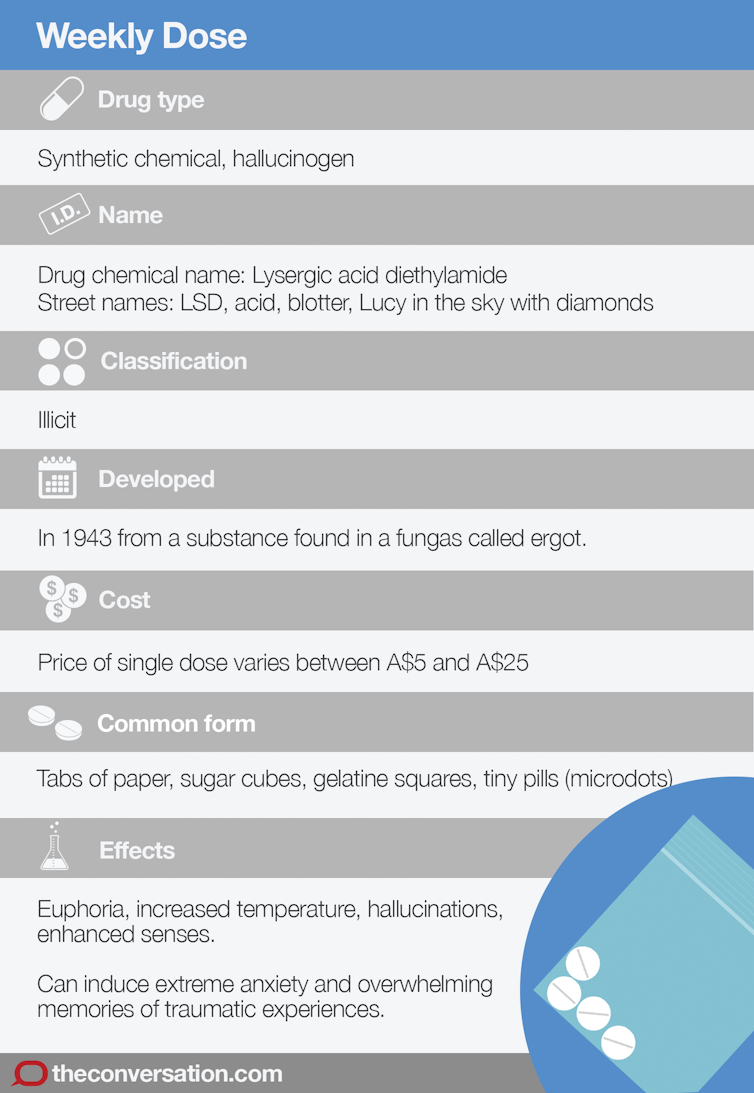
Weekly Dose: LSD – dangerous, mystical or therapeutic?

Salicylic acid vs. benzoyl peroxide: Benefits and side effects
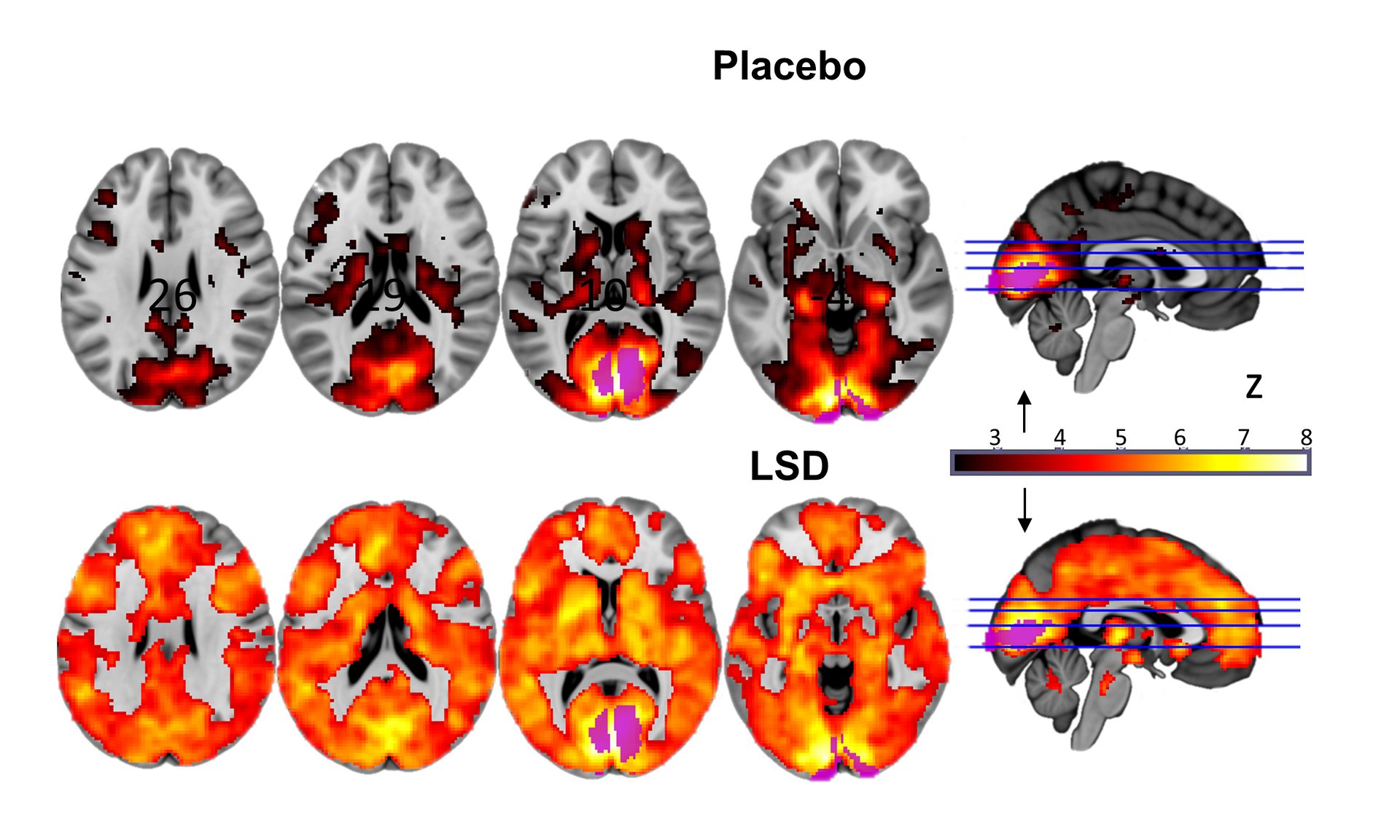
This is your brain on LSD, literally - CNN

LSD - Alcohol and Drug Foundation
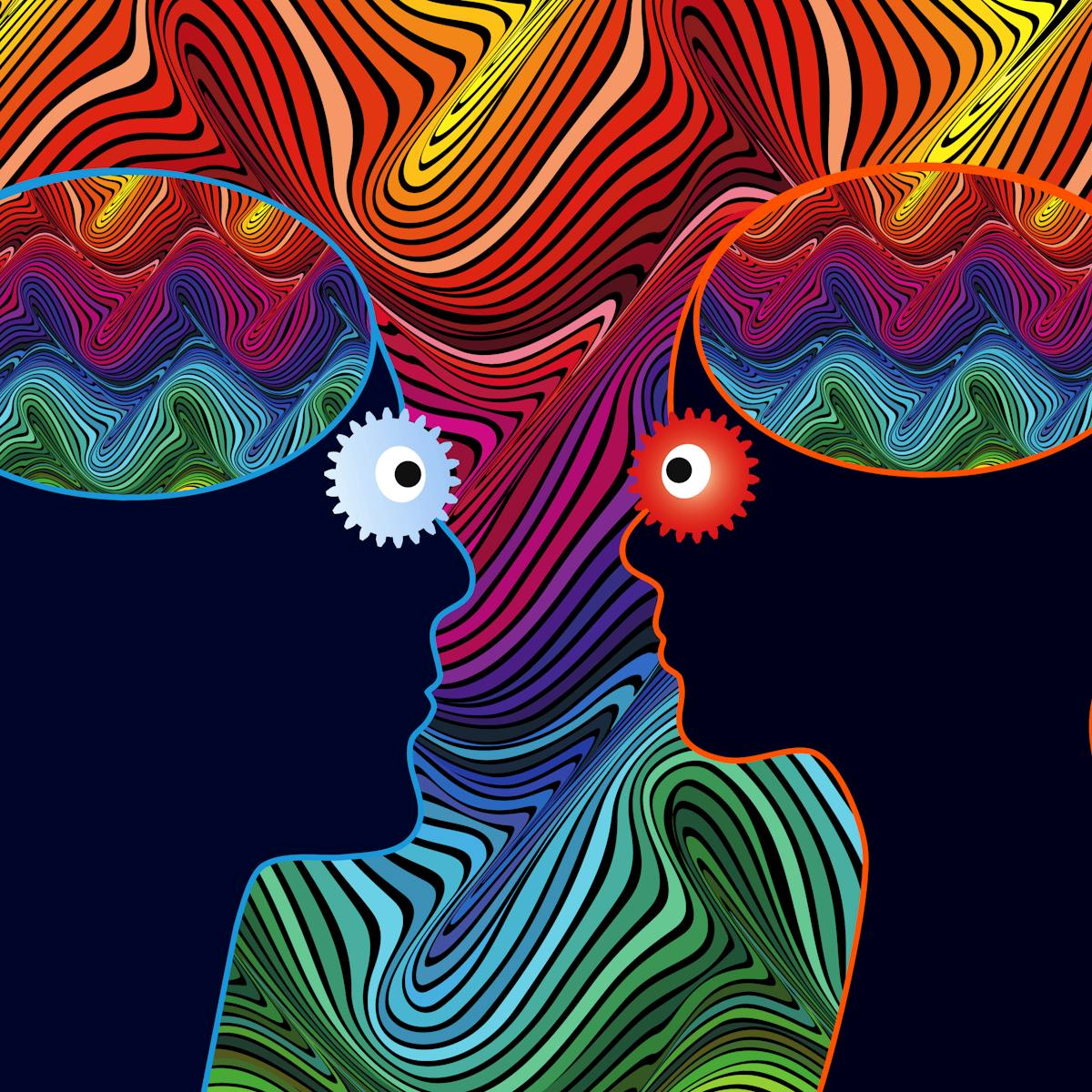
Weekly Dose: LSD – dangerous, mystical or therapeutic?
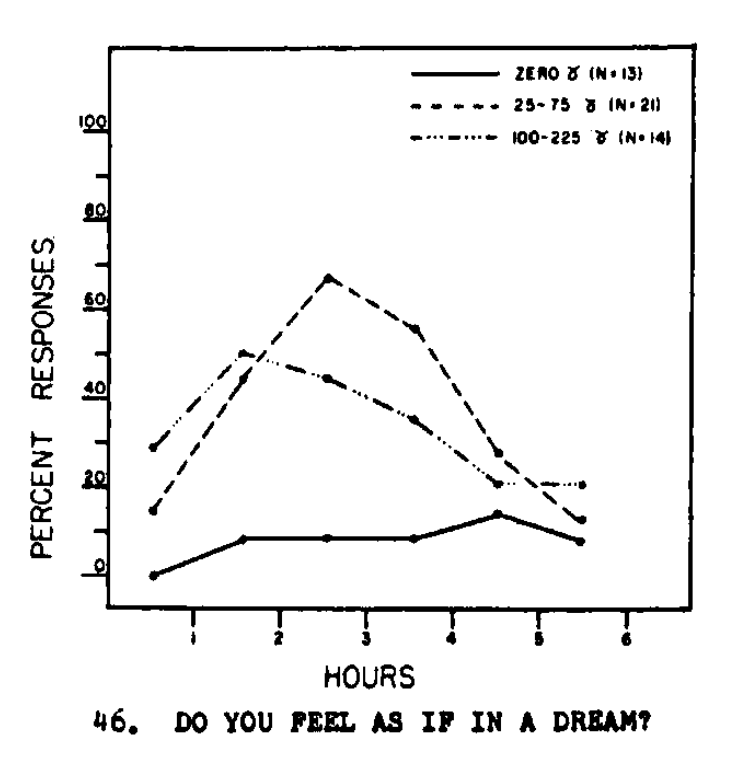
LSD Effects | TripSafe.org 👽
How long does xanax take to kick in - Drug Shop, Cheapest Pills.

gamma-Hydroxybutyric acid - Wikipedia
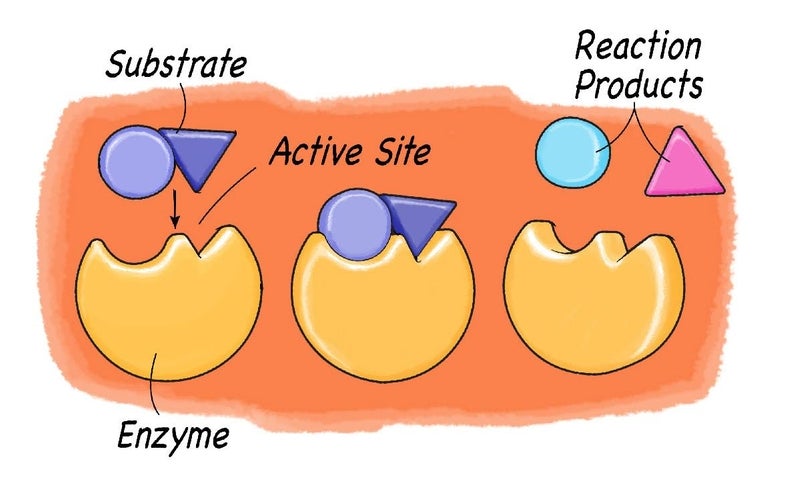
Exploring Enzymes - Scientific American

Gaviscon - medicine to treat heartburn and indigestion - NHS

Does Folic Acid (Vitamin B9) Help with Fertility? Yes! - RMA Network, IVF
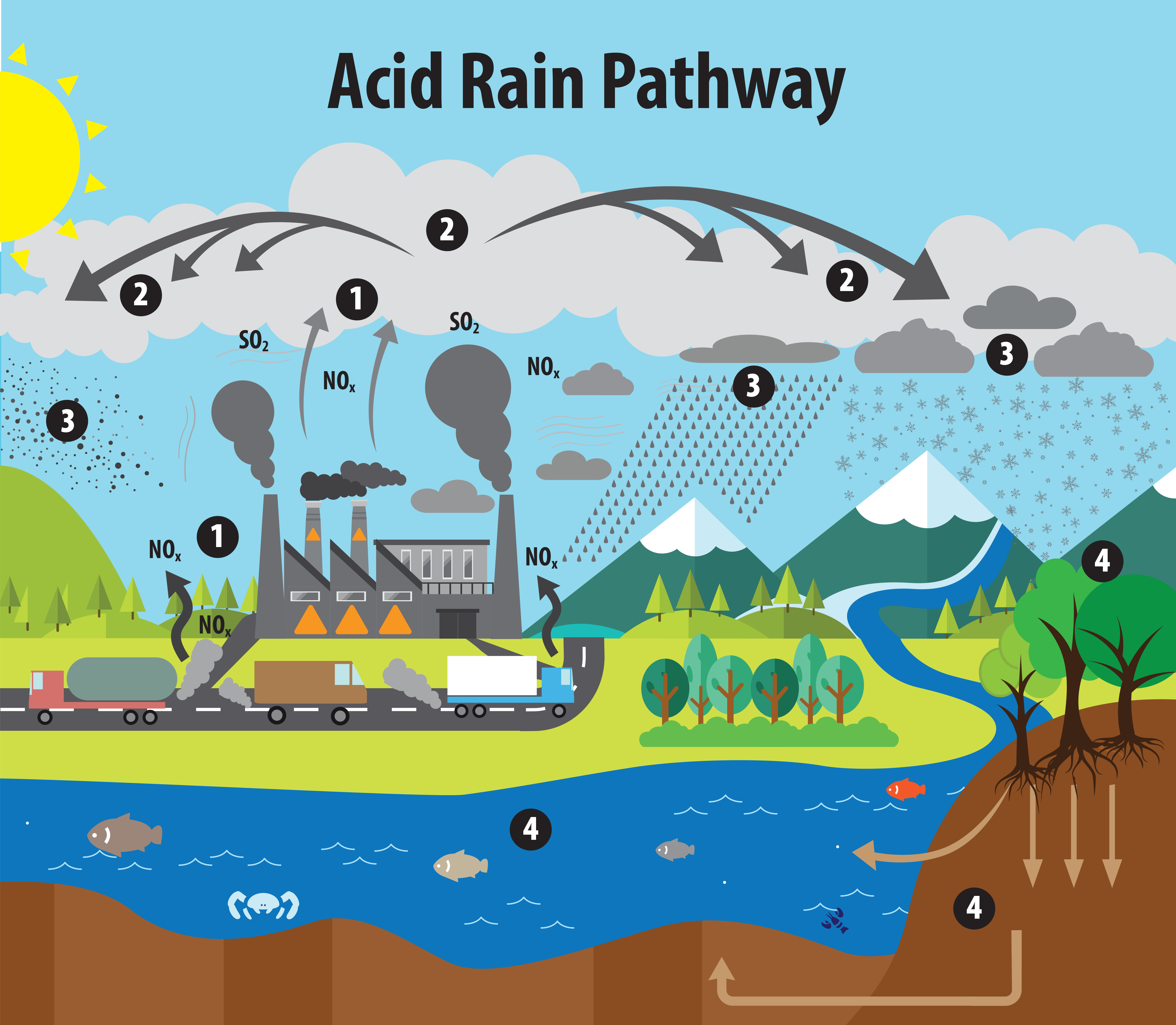
What is Acid Rain? | Acid Rain | US EPA
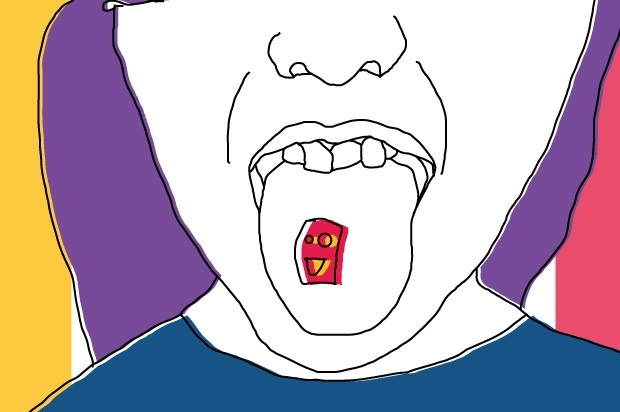
LSD (acid) - The Mix
:max_bytes(150000):strip_icc()/what-is-hyaluronic-acid_final-e2ae37d0bb1f44cba5215f70e51738d7.png)
Hyaluronic Acid For Skin: The Complete Guide

LSD | Acid | Effects of LSD | FRANK
Posting Komentar untuk "how long does acid take to kick in"